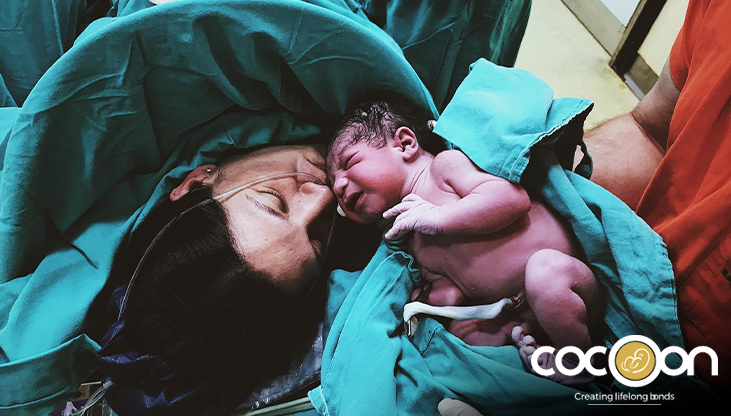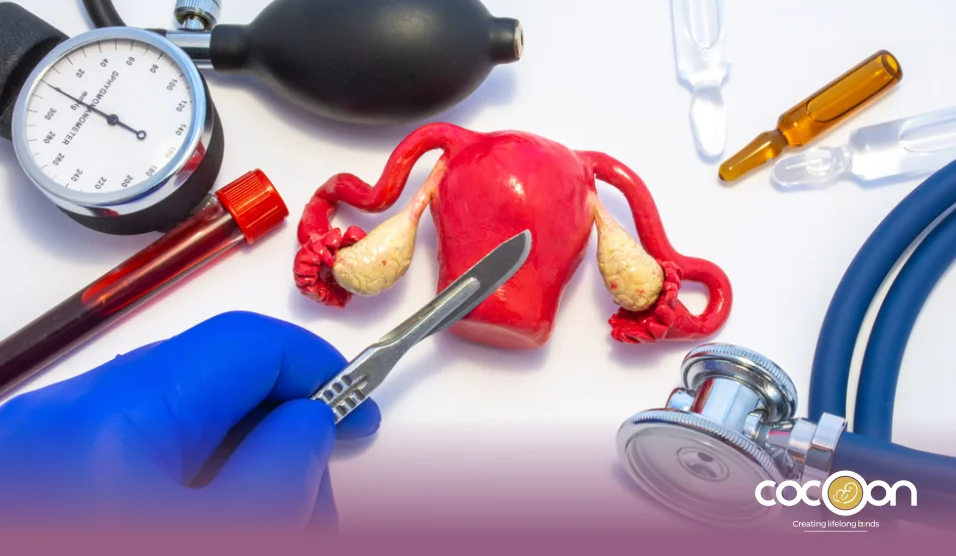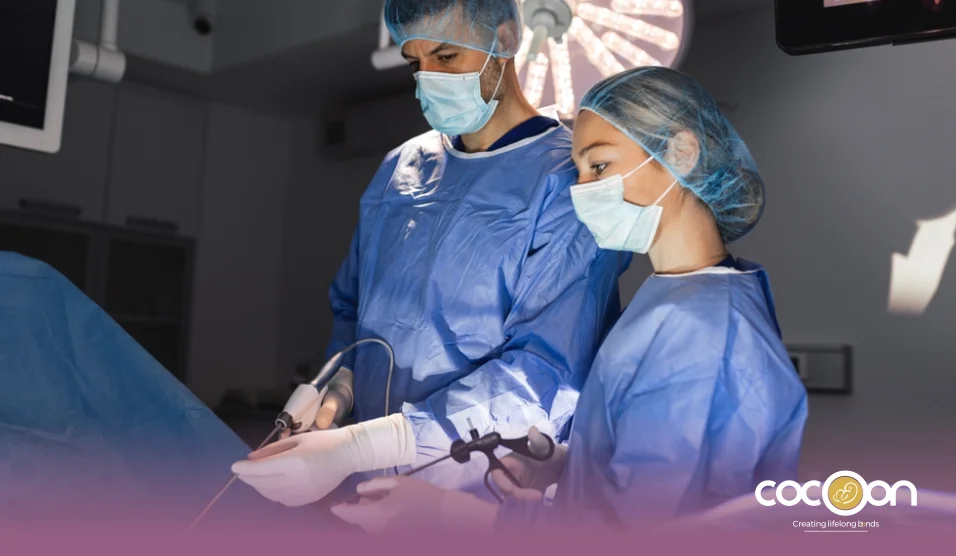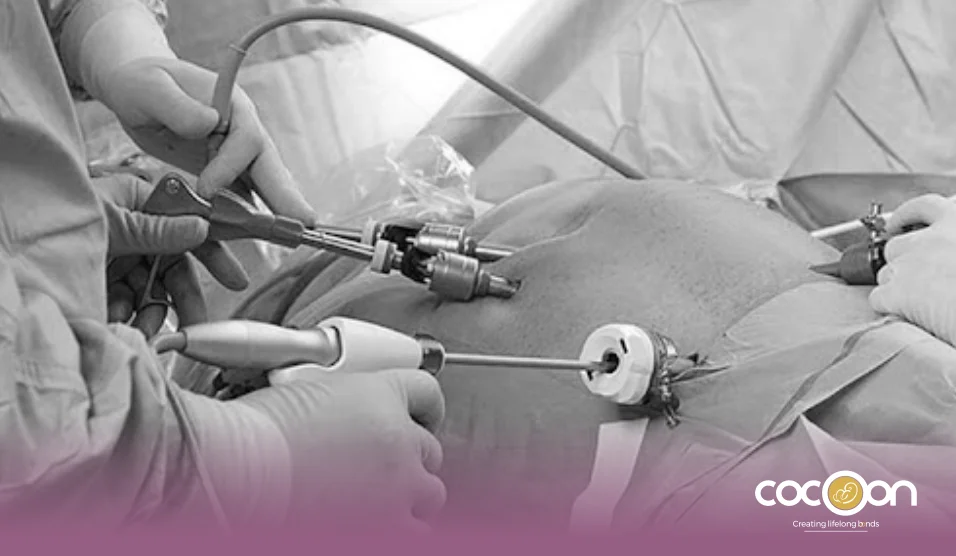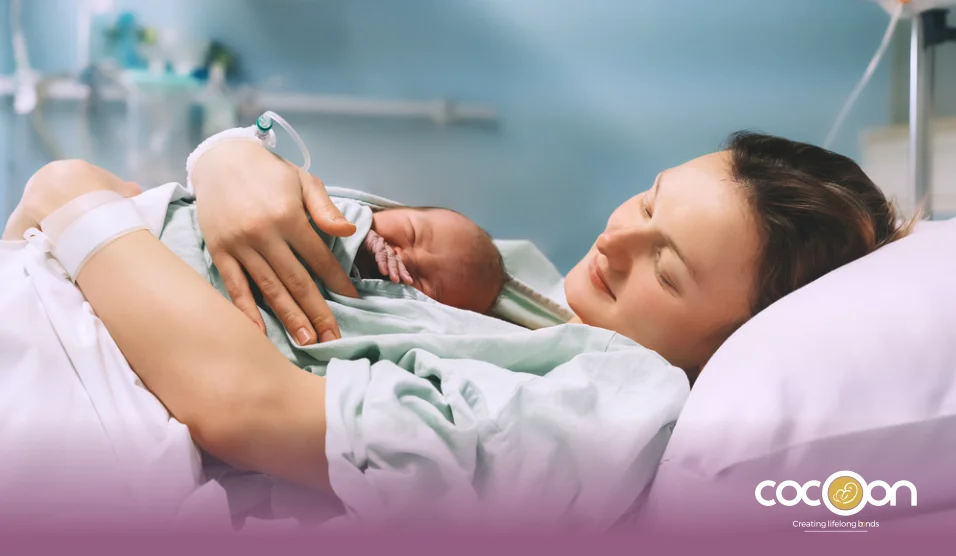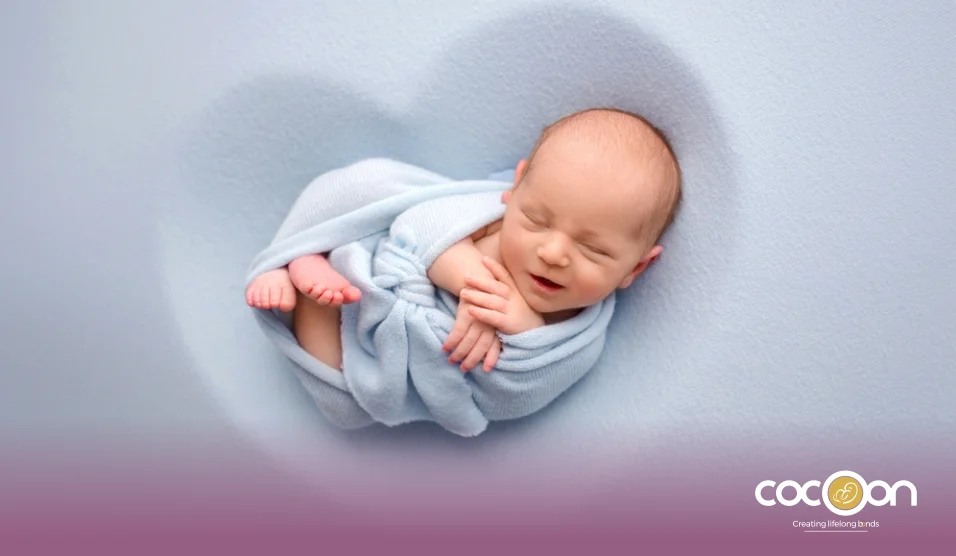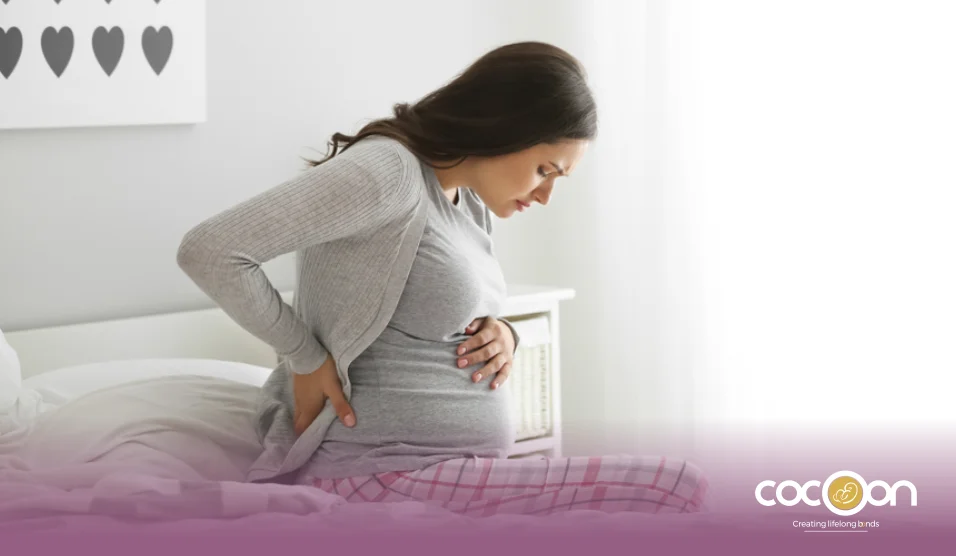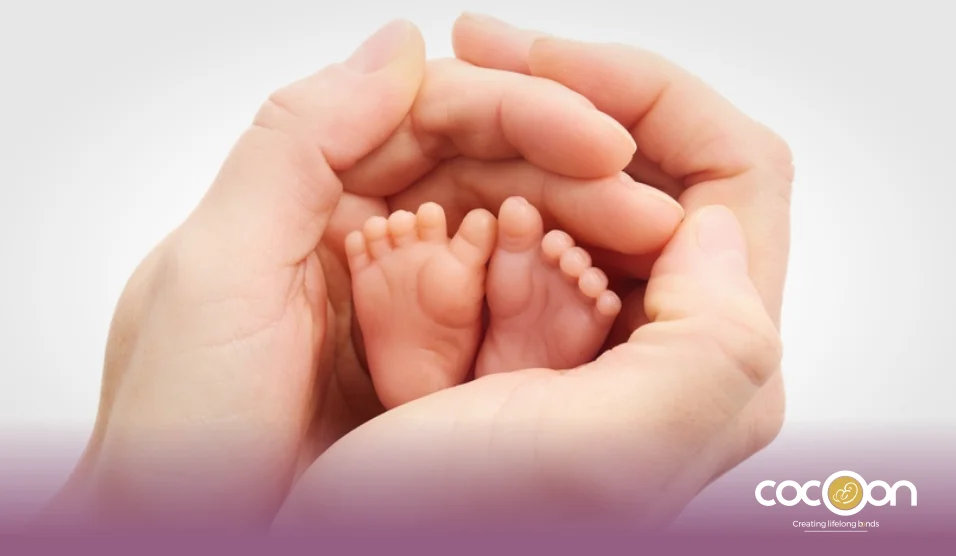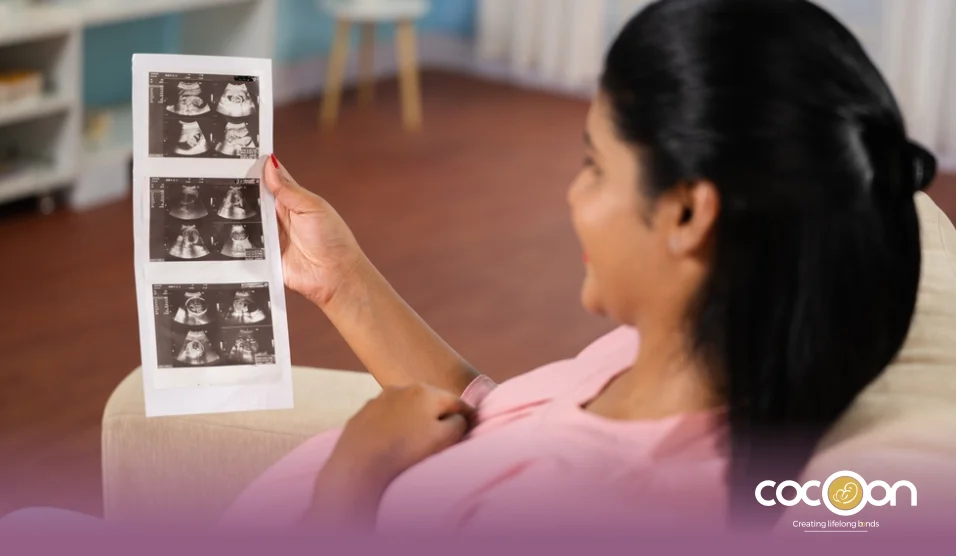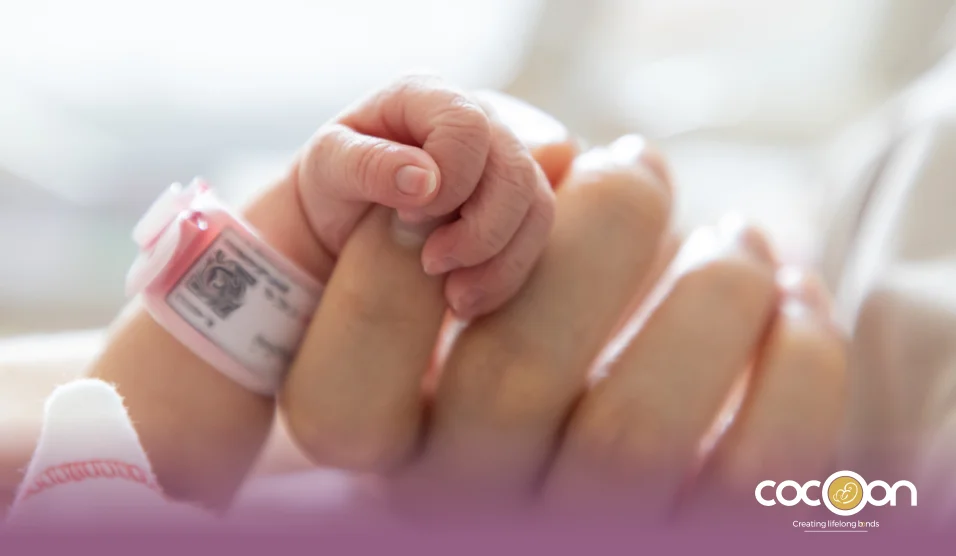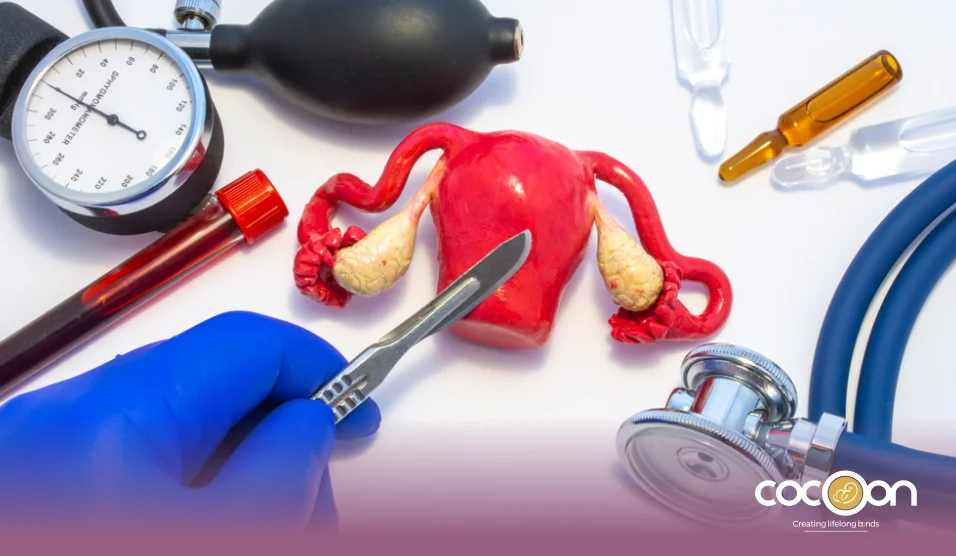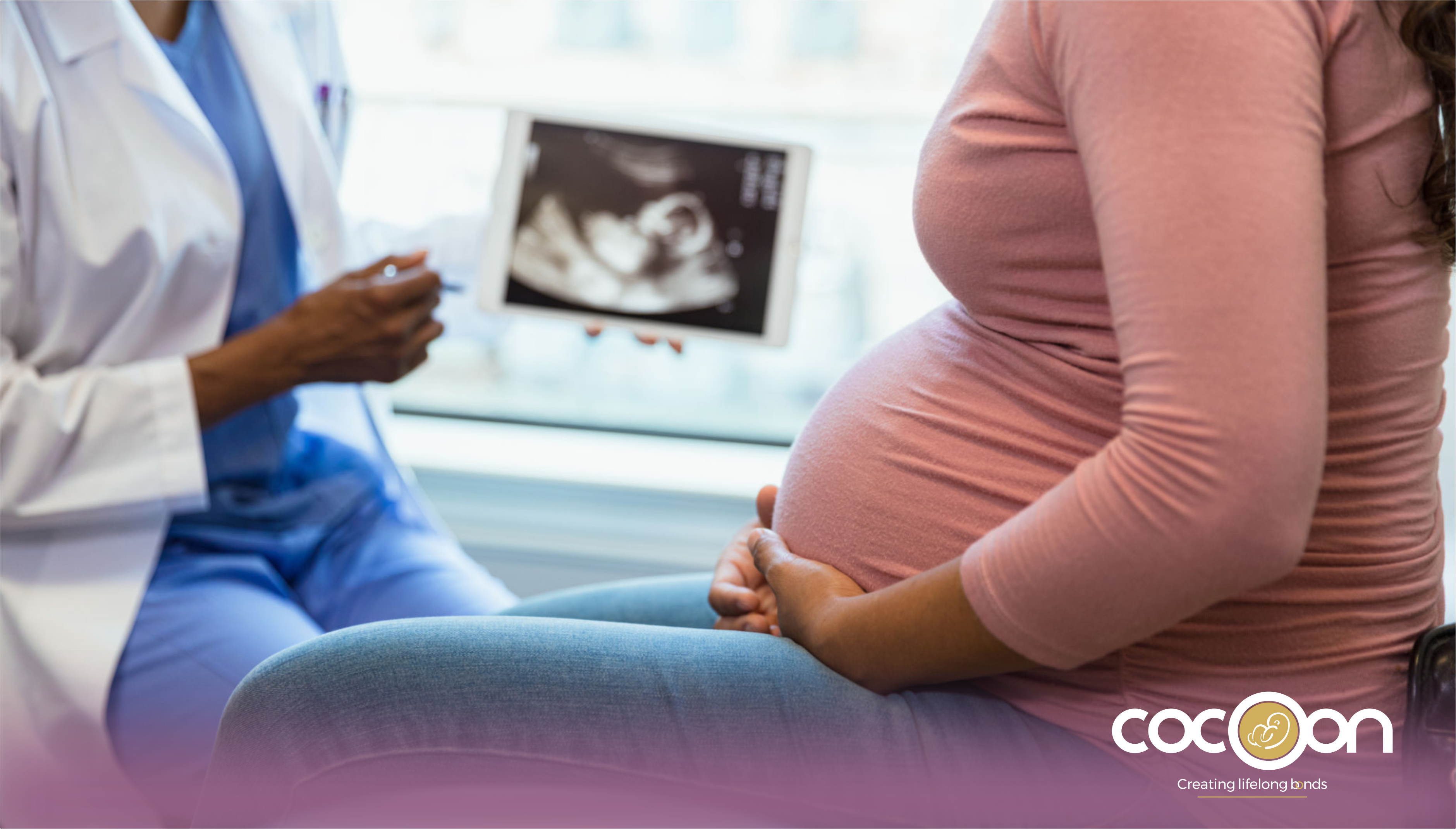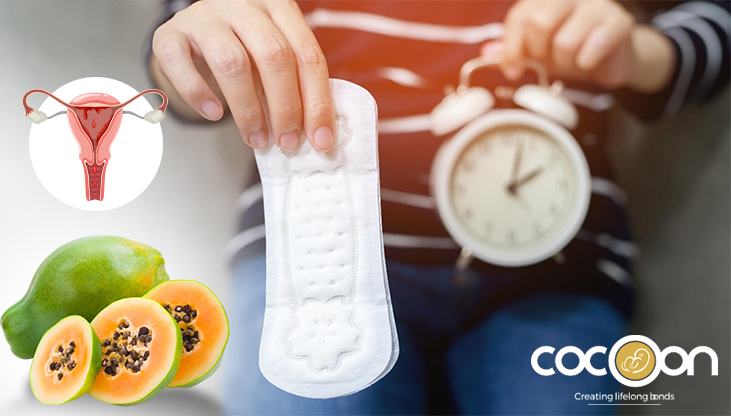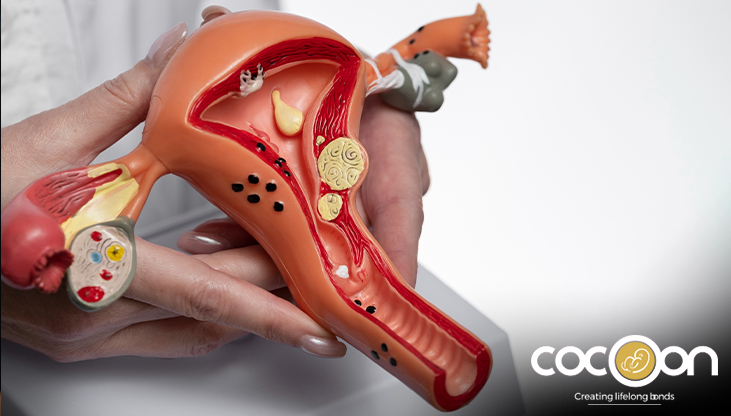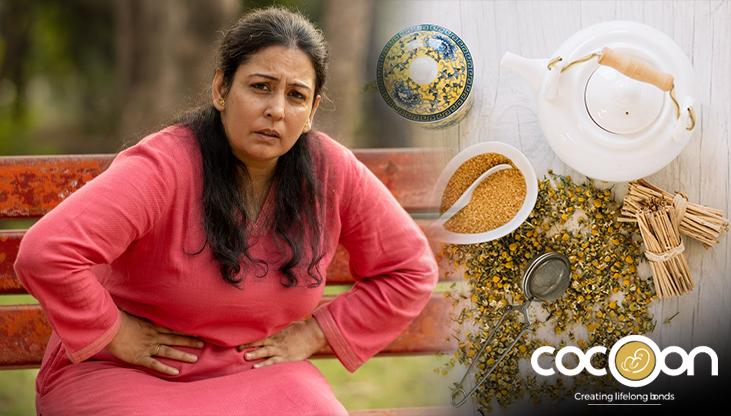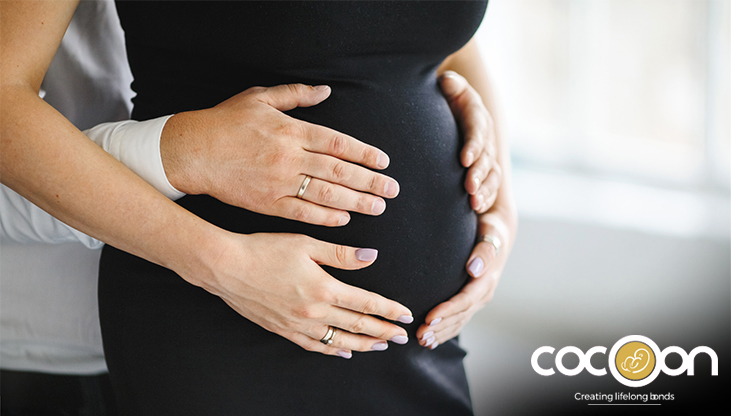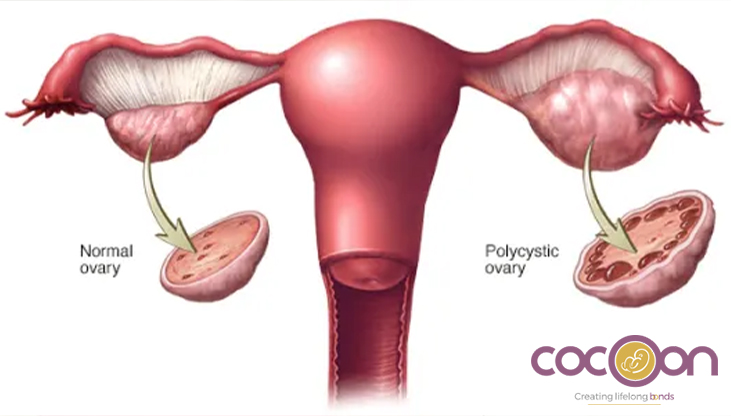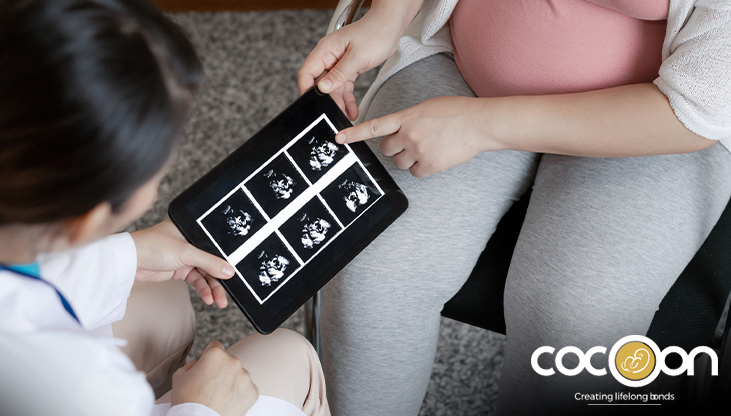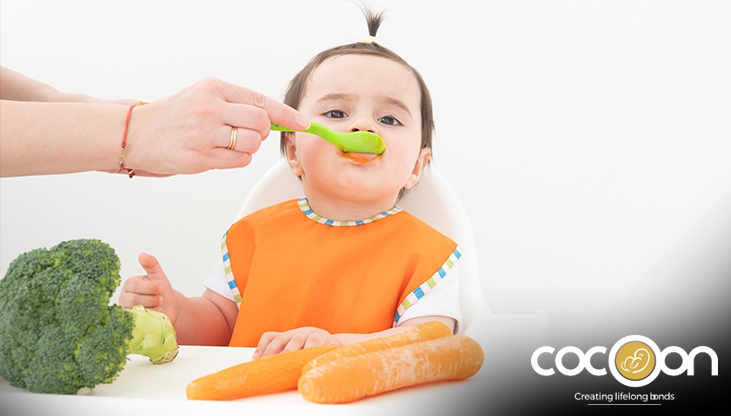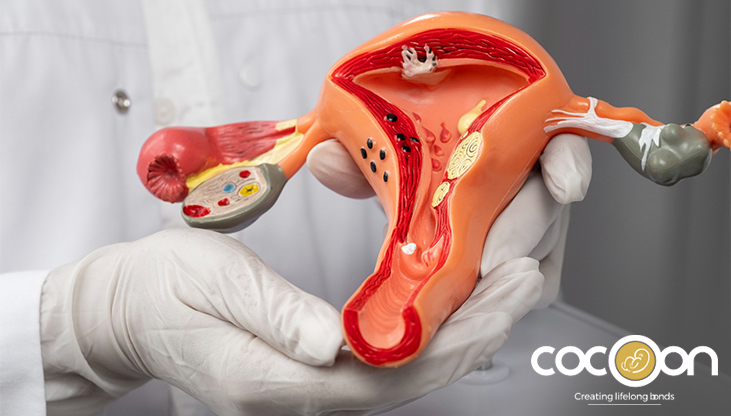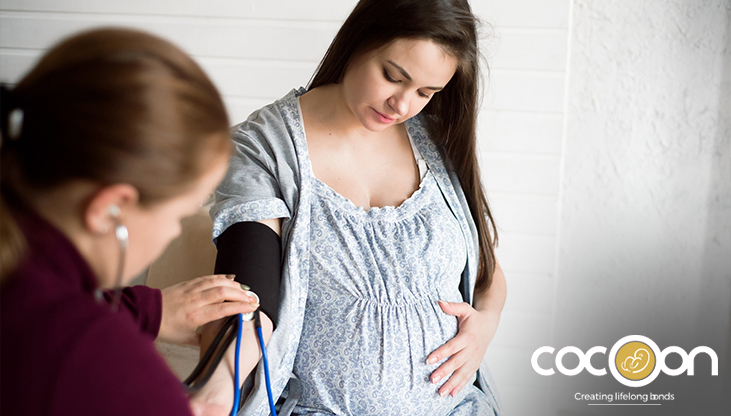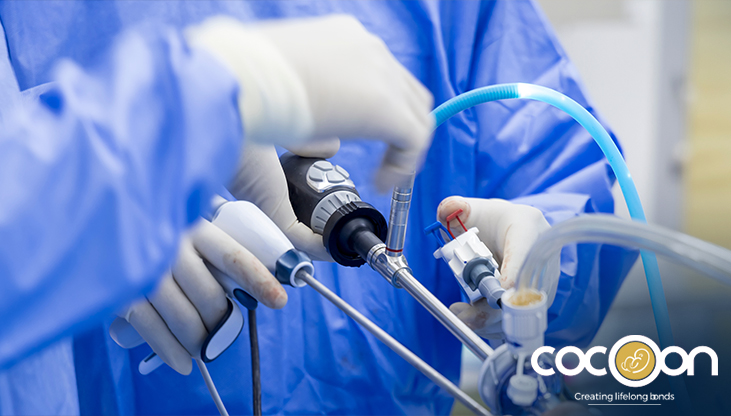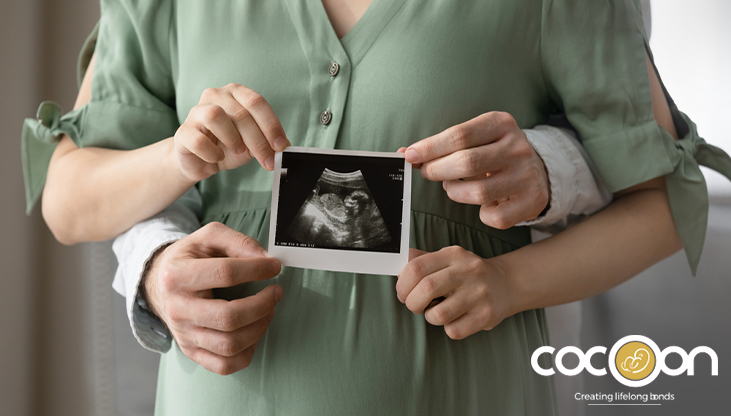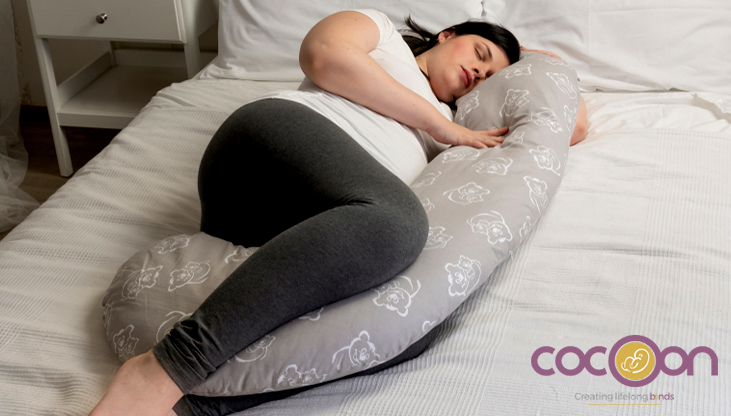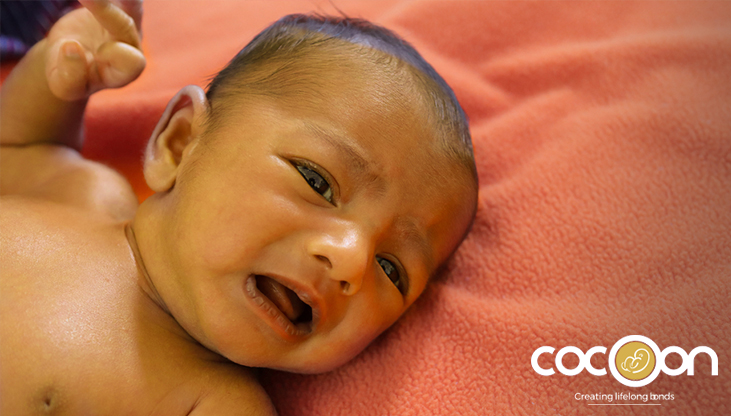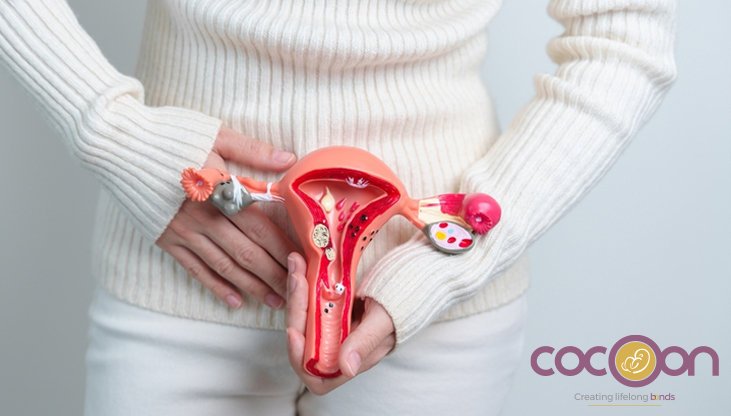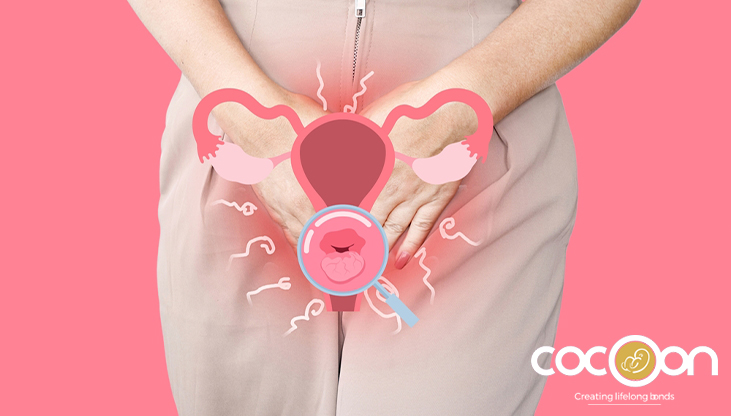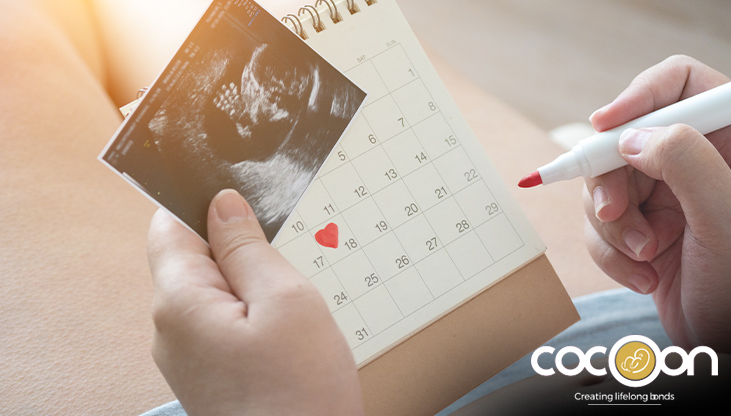When you are having a baby, one of the largest questions you might have is—"How will I give birth to my baby?" Some individuals want to know which one is safer. Others are concerned about pain, recovery, or long-term consequences. The two most common methods of giving birth are vaginal delivery (normal delivery) and cesarean section (C-section). Both have their advantages and drawbacks.
In this blog we will explain what both types of delivery are, how to have them, the advantages and disadvantages, recovery times, and how to determine what to do.
What Is a Vaginal Delivery?
Vaginal birth is the natural mode of birth, in which the baby travels through the canal of the womb. This mode of birth most women experience during childbirth, if pregnancy does not have any problems. During normal vaginal birth:
- The mother undergoes labor on her own or is induced to labor.
- Cervix (the entrance) opens (dilates) to permit passage of the infant.
- The infant is expelled aided by uterine contractions.
This is a process that can take several hours, particularly if it is the mother's first time.
What Is a C-Section (Cesarean Section)?
A C-section is surgery in which the baby is taken out through an incision that is made in the mother's abdomen and uterus. It is performed under anesthesia, typically spinal or epidural, so that the mother remains awake but doesn't experience pain. C-sections may be:
- Planned (Elective): Completed before labor begins, usually because of medical complications or personal preference.
- Emergency: Done in labor if there is a risk to the health of the mother or baby.
When Would a C-Section Be Needed?
C-sections are recommended by doctors for a number of reasons, including:
- The baby is in a breech position (buttocks or feet first).
- Multiple births (twins or triplets).
- The baby is too big to be delivered vaginally safely.
- Issues with the placenta (such as placenta previa).
- Previous C-section with threat of rupture of the uterus.
- Failed labor or slow progress.
- Emergency conditions such as fetal distress.
Vaginal Delivery: Advantages and Disadvantages
Some advantages of vaginal delivery are:
- Shorter Recovery Period: The majority of mothers are ready to leave the hospital in 1–2 days and are perfectly fine within a couple of weeks.
- Reduced Risk of Infection: No incision so no risk of infection.
- Natural Hormonal Process: Labor releases hormones that aid the baby in adapting to being outside the womb.
- Better for Future Pregnancies: Less risk in the future pregnancy than with multiple C-sections.
Some cons of vaginal delivery are:
- Pain During Labor: Labor is long and painful, particularly without pain medication.
- Risk of Tearing or Episiotomy: The vaginal tissue may tear, or a small incision (episiotomy) may be required.
- Uncertainty: You don't know precisely when labor will begin or how long it will be.
- Pelvic Floor Issues: Some women might develop incontinence or pelvic organ prolapse later in life.
C-Section Delivery: Advantages and Disadvantages
C-section has its advantages and disadvantages. Some of the advantages are:
- Planned Timing: If planned, you already know the date and time of delivery.
- Avoids Labor Pain: As it's performed under anesthesia, there's no pain during the procedure.
- Life-Saving in Emergencies: It can be the safest choice if there are complications.
- Protects Baby in Some Cases: In breech presentation or large baby, a C-section may prevent birth trauma.
Some disadvantages are:
- Longer Recovery Time: It takes 4–6 weeks or more to recover. You may have pain near the operation site.
- Higher Risk of Infection: Since it is a large operation, there is a possibility of infection or blood clots.
- Extended Hospital Stay: Usually 3–4 days compared to 1–2 with vaginal delivery.
- Potential Future Risks: Multiple C-sections may increase the risk of placenta problems or rupture of the uterus with future pregnancy.
C-Section Recovery versus Vaginal Delivery Recovery
After childbirth, recovery is a crucial phase, whether you’ve had a vaginal delivery or a C-section. Let’s understand how recovery looks different for each method.
Vaginal Delivery Recovery
- Mild soreness or swelling of the vagina.
- Stitches (if you had an episiotomy or tear) will dissolve within a few weeks.
- You may feel tired and sore, but it's less difficult to move around.
- Bleeding (lochia) takes a few weeks.
C-Section Recovery
- The cut from surgery must heal, and lifting heavy objects is limited for 6 weeks.
- Discomfort or pain around the scar is usual.
- Walking aids the healing process, but rest is necessary.
- You will have to observe for infection signs such as redness, pus, or fever.
Which Is Better: C-Section or Natural Birth?
There isn't a one-size-fits-all answer. The "better" option will depend on the mother's health, baby's position, and other pregnancy conditions.
Normal (Vaginal) Delivery is generally safer and quicker to recover from, especially if there are no complications. But C-sections are needed in most instances to protect the health of the child or mother.
Talk with your obstetrician or gynecologist about your pregnancy. They will decide based on your individual health and baby's condition.
Are There Lab Tests That Help Doctors Decide?
Yes! Doctors use lab tests and scans throughout your pregnancy to keep an eye on your and your baby’s health. These tests can help predict if a vaginal birth is likely to be safe.
Some important tests include:
- Ultrasound Scans: Help check baby’s position, size, placenta, and amniotic fluid level.
- CBC (Complete Blood Count): To ensure you’re not anemic or at risk of infection.
- Glucose Tolerance Test: Identifies gestational diabetes, affecting delivery plans.
- Group B Strep Test: Avoids newborn infection during a vaginal delivery.
- Non-Stress Test (NST): Monitors baby's heartbeat and movement.
- Blood Pressure Monitoring: High BP may lead to preeclampsia that needs a C-section.
Can You Choose How You Want to Deliver?
In the majority of cases, yes, you have a choice. But expect to be flexible. Some women plan on a vaginal delivery but need a C-section for safety. Others may choose an elective C-section because of personal issues, like fear of labor or history of traumatic birth.
- Your doctor will discuss:
- Your medical history
- Previous births
- Baby's health and position
- Any risks or complications
The best always is safe delivery for mom and baby, not a preferred method.
What Do You Need to Think About When You Make Your Choice?
Ask yourself:
- What's best for my baby and me?
- Are there any medical conditions that could jeopardize vaginal delivery?
- Is recovery time and pain control extremely important to me?
- Did I have a prior C-section or difficult labor?
And most importantly—be honest with your doctor. Don't be afraid to ask questions or to express concerns.
Conclusion
Whether you deliver via vaginal birth or C-section, the most significant thing is a healthy baby and safe mother. No method is better or worse—it's the one that is best for your unique situation.
Some women feel disappointed if they don’t have a “natural” birth, while others fear C-sections. But every birth is natural when it brings life into the world. What’s important is making informed decisions based on facts, not fear.
So educate yourself, stay connected with your doctor, and remember—you’re doing something incredible. However your baby arrives, it’s your journey, and it’s beautiful.

